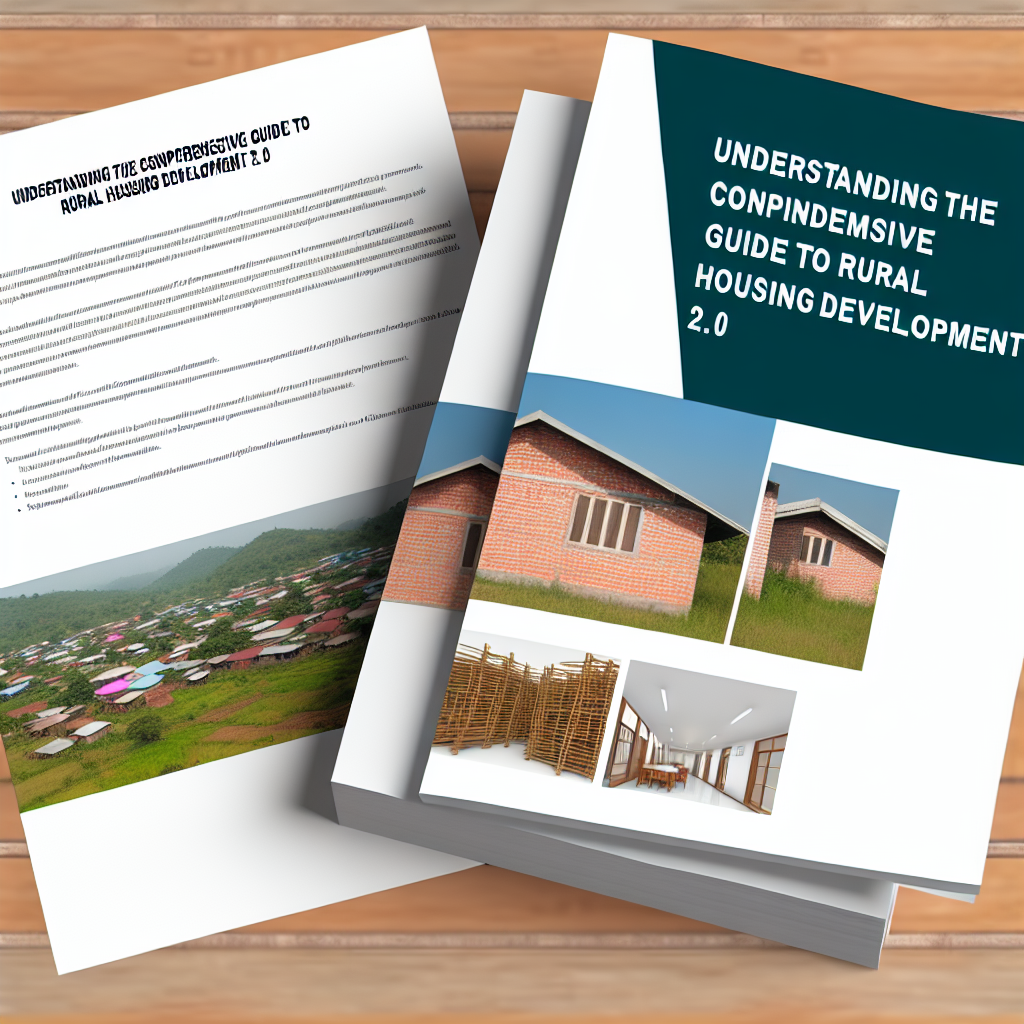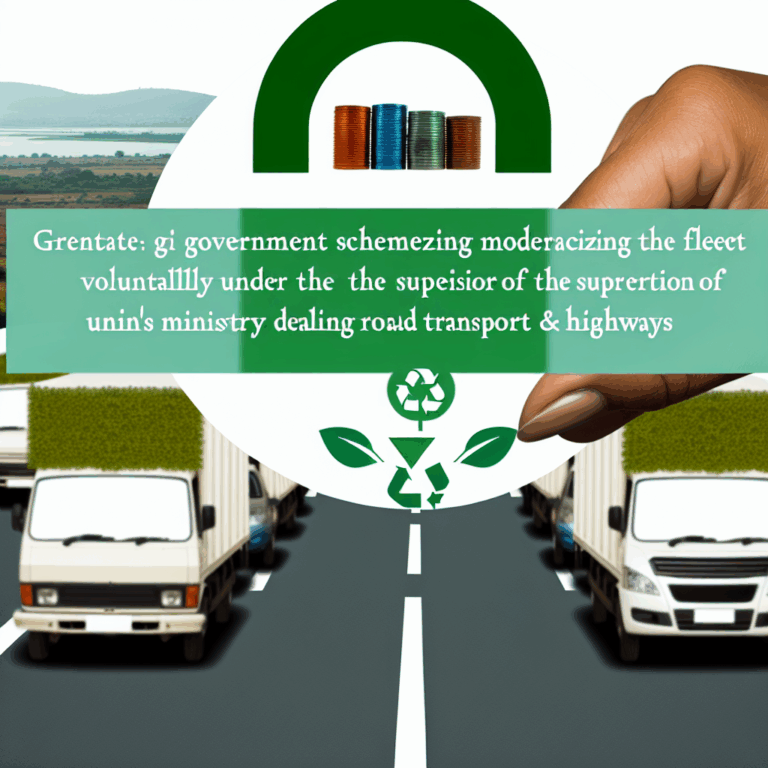Copyright @ 2023 www.digimitr.com. All rights reserved.

Understanding Pradhan Mantri Awas Yojana (Gramin) 2.0: A Comprehensive Guide to Rural Housing Development by the Ministry of Rural Development
Learn about the important features of the government scheme titled “Understanding Pradhan Mantri Awas Yojana (Gramin) 2.0: A Comprehensive Guide to Rural Housing Development by the Ministry of Rural Development”. This program is overseen by the relevant ministry and focuses on providing benefits to eligible beneficiaries.
Here is a comprehensive overview:
Introduction
The Pradhan Mantri Awas Yojana (Gramin) 2.0 is an essential initiative aimed at improving housing conditions in rural areas across India. Launched under the aegis of the Ministry of Rural Development, this scheme focuses on providing quality housing to individuals belonging to economically weaker sections, thereby promoting sustainable rural development. With the vision of “Housing for All,” PMAY (Gramin) 2.0 is a significant step towards achieving not only better living conditions but also enhancing the overall quality of life in rural India.
Eligibility Criteria
The eligibility criteria for PMAY (Gramin) 2.0 are designed to ensure that the services reach the most underprivileged sections of society. Primarily, the scheme targets individuals and families belonging to the Below Poverty Line (BPL). Applicants must have a valid BPL certificate to avail of the benefits. Additionally, certain conditions limit eligibility, including the requirement that the beneficiaries should not own a pucca house. Special provisions are in place for scheduled castes, scheduled tribes, and other marginalized communities to ensure equitable access to housing.
Key Features and Benefits
PMAY (Gramin) 2.0 is marked by several key features aimed at enhancing the housing landscape in rural India. One noteworthy aspect is the financial assistance provided to beneficiaries. Under this plan, each beneficiary receives a subsidy of up to ₹1.5 lakh for constructing a house. The scheme emphasizes the use of eco-friendly materials and architectural techniques, promoting sustainable construction practices. Besides, the initiative integrates the provision of basic amenities such as toilets, water supply, and sanitation facilities, ensuring comprehensive rural development.
Moreover, PMAY (Gramin) 2.0 fosters community participation. Beneficiaries are encouraged to contribute labor in construction, which not only reduces costs but also instills a sense of ownership and pride in their homes. The initiative also works in conjunction with other government schemes, ensuring that beneficiaries enjoy the overarching benefits of various development plans.
Application Process
The application process for PMAY (Gramin) 2.0 is streamlined for efficiency. Interested candidates can apply online or offline, depending on their convenience. For online applications, interested individuals need to visit the official PMAY-Gramin website and fill out the application form. Offline applications can be submitted at the local gram panchayat or block office. Essential documents required for the application include Aadhar card, BPL certificate, income certificate, and proof of land ownership.
Funding and Budget
The funding for PMAY (Gramin) 2.0 comes from the central government, with contributions also anticipated from state governments and local bodies. The Ministry of Rural Development has allocated a substantial budget to ensure adequate financial support for housing projects. The scheme operates on a cost-sharing formula wherein the central government bears a significant portion of the financial burden, making it feasible for states to participate actively. The budget also includes provisions for training local artisans and construction workers, thereby boosting employment opportunities in rural areas.
Achievements or Impact
Since its inception, PMAY (Gramin) 2.0 has witnessed significant achievements in rural housing. Millions of houses have been constructed or improved, leading to a marked decline in the percentage of families living in kutcha houses. The initiative has not only provided shelter but has also empowered women, as many beneficiaries are women household heads. Access to proper housing has improved household health and hygiene standards, contributing to overall well-being. The scheme also aims to enhance the dignity of rural populations by providing them with secure living conditions.
Challenges
While PMAY (Gramin) 2.0 has made impressive strides, several challenges persist. The primary challenge lies in the bureaucratic delays in project approvals and fund disbursement. Many potential beneficiaries face difficulties in accessing required documentation. Additionally, there are concerns about the quality of construction materials and workmanship. The shift towards eco-friendly and sustainable building practices sometimes encounters resistance due to a lack of awareness and training among local builders.
Recent Updates
Recent updates on PMAY (Gramin) 2.0 indicate increasing government focus on digitalization to ensure transparency in the application process. The introduction of a digital dashboard has made it easier for beneficiaries to track their application status. Moreover, special campaigns have been launched to promote awareness about the scheme, encouraging more eligible families to apply. Authorities are now also focusing on enhanced monitoring systems to ensure timely completion of housing projects and to address grievances effectively.
Conclusion
Pradhan Mantri Awas Yojana (Gramin) 2.0 represents a monumental effort to address housing shortages in rural India. By providing accessible and quality housing options for economically weaker sections, the scheme plays a crucial role in uplifting the rural economy and improving the quality of life. While there are challenges to overcome, the commitment from the Ministry of Rural Development to enhance housing infrastructure indicates a positive trajectory towards achieving the national goal of “Housing for All.” The success of PMAY (Gramin) 2.0 will not only transform the housing landscape but also foster socio-economic development in rural areas across the country.
FAQ
1. Who is eligible to apply for the Pradhan Mantri Awas Yojana (Gramin) 2.0?
Individuals belonging to the Below Poverty Line (BPL) and those who do not own a pucca house are eligible to apply. Special provisions exist for marginalized communities such as scheduled castes and scheduled tribes.
2. What is the financial assistance provided under the scheme?
Each beneficiary receives a subsidy of up to ₹1.5 lakh for constructing a house. This financial support is aimed at easing the burden of housing costs for rural families.
3. How can one apply for PMAY (Gramin) 2.0?
Applicants can apply either online via the official PMAY-Gramin website or offline at the local gram panchayat or block office. Necessary documents such as Aadhar and BPL certificates are required for the application process.
For more information, check out official government site,
Official government website or relevant source not provided.
Stay updated on related schemes and initiatives using hashtags: #Understanding #Pradhan #Mantri #Awas #Yojana #Gramin #Comprehensive #Guide #Rural #Housing #Development #Ministry #Rural #Development
Join the discussion about this scheme in the comments below!





